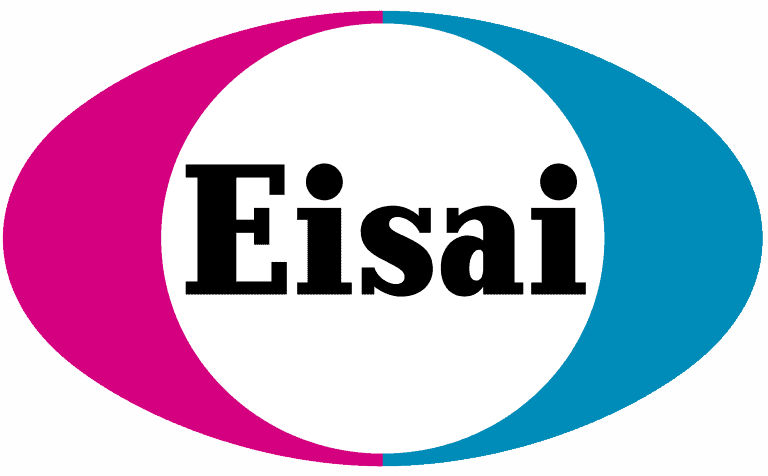(Frasier et al. 2018) It has long been known that SCN1A is expressed in heart cells as well as brain cells, and for several years scientists have hypothesized that the high rate of mortality in patients with Dravet syndrome could be due in part to some dysfunction in the heart caused by SCN1A mutations. The authors of this study previously found that heart cells from mice who have loss-0f-function Scn1a mutations show differences in sodium currents, beyond the known neuronal excitability, that could make them prone to cardiac arrhythmias.
Instead of studying mice, this project examined cells derived from four different human patients with Dravet syndrome, as well as two control patients without epilepsy. They converted the patient cells into cardiac myocites and studied the sodium currents, finding differences between the Dravet cells and the control cells. Furthermore, the sodium current differences they found in one of the patient\’s cell lines caused enough concern that they recommended the patient receive a full cardiac workup, revealing cardiac symptoms that would otherwise not have been found.
The authors double checked their results by using a gene modifying technique (CRISPR) to create an SCN1A mutation in the control line, which would tell them whether the altered sodium current was due to the mere presence of the mutation or the genetic background of the patients. They were able to reproduce the altered current with this simple change, supporting the idea that SCN1A mutations are responsible for the differences in current and may contribute to SUDEP beyond increasing neuronal excitability.







